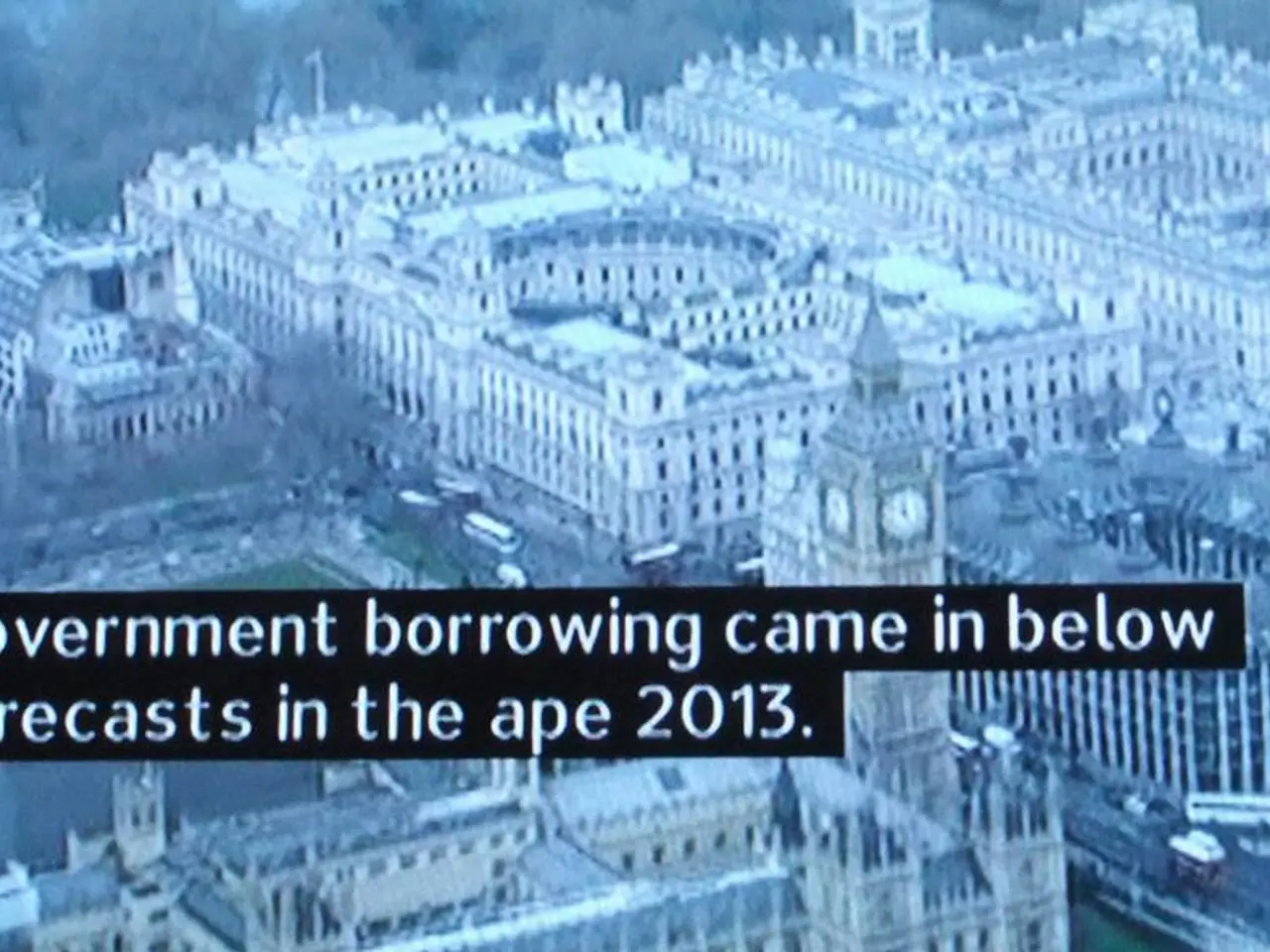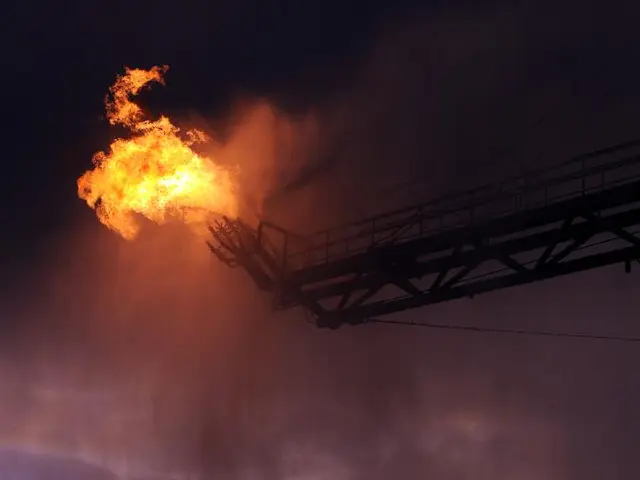Tragic Images Showing Hiroshima Before and After the Atomic Explosion, Altering History Permanently
In August 1945, the world witnessed a momentous event when the United States dropped the atomic bomb "Little Boy" on the Japanese city of Hiroshima. This event, which took place on August 6, marked a significant turning point in World War II.
Hiroshima, a cosmopolitan hub and a flat-land city, was chosen as the pilot site for an unprecedented weapon of mass destruction: the atomic bomb. Remarkably, Hiroshima was one of the few major Japanese cities that had been spared the wrath of United States airstrikes. However, this respite was short-lived.
The Enola Gay, an American B-29 bomber, carried Little Boy to Hiroshima. The bomb, a gun-style device that used uranium, detonated 1,900 feet above the city center. The surface temperature of Little Boy reached an astonishing 10,000 degrees Fahrenheit.
The immediate impact was devastating. Theodore Van Kirk, the navigator of the Enola Gay, recalled that they could no longer see the city after the bombing. Nearly everything within 1,600 feet of the bomb's blast zone was cremated. Initial estimates put the death toll at 66,000, but later estimates suggest the number could be as high as 140,000 due to direct and subsequent effects of the blast.
Many of the city's doctors and nurses were killed or injured in the blast. Fujio Torikoshi, a survivor, recalled the bombing as a blinding light and a gust of hot wind. Hiroshima before and after the bombing were two different cities, virtually nothing was left.
Despite understanding the destructive power, Japan’s military leadership estimated only one or two more bombs could be ready soon, deciding to endure further attacks while continuing the war. The U.S. military, however, prepared to drop a second bomb, “Fat Man,” which was dropped on Nagasaki on August 9, killing approximately 60,000 people instantly.
The atomic bombings, along with the Soviet Union declaring war on Japan on August 8 and invading Manchuria on August 9, pressured Japan toward surrender. The destruction of Hiroshima and Nagasaki left profound human devastation and physical ruin but eventually contributed to Japan's decision to surrender, officially announced on August 15, 1945.
Postwar, Hiroshima and Nagasaki underwent extensive reconstruction, with Hiroshima becoming an industrial center and both cities becoming symbolic for peace and nuclear disarmament, memorialized by sites such as Hiroshima’s Peace Memorial Park and Atomic Bomb Dome.
However, the true scale of the Hiroshima aftermath revealed itself for generations to come as health issues like birth defects and cancer continued to plague those exposed to the bomb. It serves as a reminder of the devastating impact of nuclear weapons and the need for peace and disarmament.
The bombing of Hiroshima in 1945, a watershed moment in World War II history, signified the devastating effects of war-and-conflicts, particularly the use of nuclear weapons. The aftermath, marked by countless deaths and long-term health issues, was a stark reminder of the impact of politics and general news events on ordinary people. Postwar reconstruction and the establishment of peace memorial parks in Hiroshima and Nagasaki have made these cities symbolic for promoting history lessons about the destructive power of war and the need for global disarmament.








